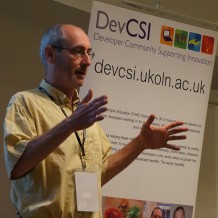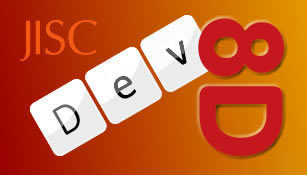Dev8ed Workshop: Learning Technologies from a Historical Perspective

Ben Ryan provided a light hearted romp through the history of learning technology. This was not a serious or formal session!
Learning technology started in 1728 when the first correspondence course started in shorthand. The next development was not until 1840 when Isaac Pitman began using the penny post for correspondence courses.
In 1909, E M Foster wrote The Machine Stops, a story which first suggested the concept of video conferencing, which was inspired by the invention of the television. However, things really start to kick off in 1926 when Plessey was invented to teach drilling. This was automatic, included assessment, and provided immediate feedback.
Ryan observed that people started to write about learning technology in the 1950′s, (citing Skinner). This literature led to the emergence of new terms, including pedagogy. After 220 years of people being taught using different technologies and via distance learning, which all worked, but then we had to start making it a science, which complicated things.
In 1984, following the invention of the computer, Charles Goldfarb involved a lot of people to develop SGML and HyTIME, which were interactive, multimedia, distributed, and time based. However, these were too complex. A competent programmer would take six months to write a parser for SGML. This led to the development of HTML and XML, which are much quicker to develop. However, Ryan argued that SGML and HyTIME gave us all the technologies we needed.
At this point Ryan paused to look back and flesh out this period. He referred to SAKI (the Self Adaptive Keyboard Instructor) developed in 1956, and PLATO developed in 1959. Come the 1960, they even had TUTOR, which was a programming language which allowed you to write learning design.
Ryan then moved forward again to 1974, when email, chat rooms, instant messaging, and groupware emerged. He observed that by 1983, 40% of elementary schools and 83% of secondary schools in the US used some form of digital technology in the classroom.
Between 1989 – 2000 there was a lot of interesting learning objects. Cisco did a lot of work on reusable learning objects (RLO) and reusable information objects (RIO). We’ve now done away with these too in order to move on to OER, which brought us up to date.
Ryan concluded that we have been distracted by the Internet, but we haven’t learned anything and we need to look back to all those earlier developments.










0 Comments
Trackbacks/Pingbacks